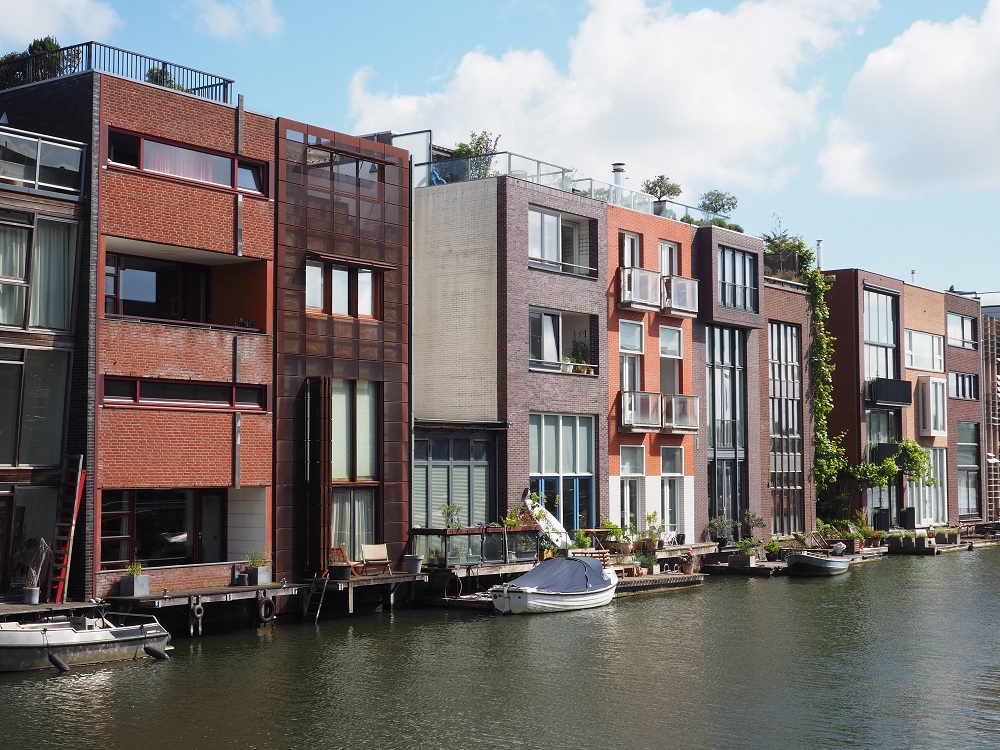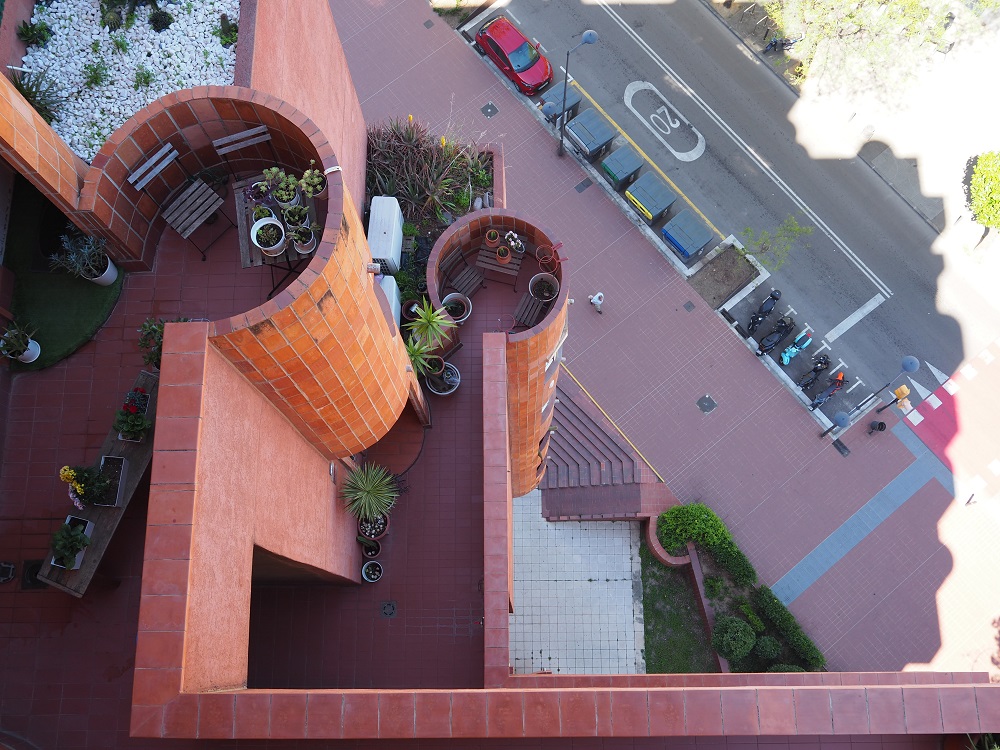For Kate Shepherd, joining Homes Tasmania was the logical next step for an architect who has spent the last decade designing housing that made a positive impact for both residents and community around it.

“I’ve worked as an architect for over ten years, delivering housing projects that put people and communities first, creating spaces that offer lasting social value. When the opportunity for this position came up, it just seemed like a natural progression for me,” Kate said.
As Project Manager Land Release, Kate is responsible for finding and developing suitable sites for future development, making more land available for people to build their own home and for Homes Tasmania to deliver social and affordable rental homes. Her role involves strategic planning ensuring that land use aligns with long-term community needs, infrastructure capacity, and sustainable growth. This includes considering proximity to essential services, transport, and employment hubs, as well as integrating housing into broader urban development goals.
Kate’s expertise was recently recognised when she was one of five Australian architects awarded a place on the prestigious Dulux Study Tour, an annual program run by Dulux Australia and the Australian Institute of Architects.
The program recognises and supports emerging Australian architects providing an immersive overseas experience to engage with leading architectural practices and innovative built environments.
“Each year, five emerging architects are selected for the Dulux Study Tour, which recognises design excellence and fosters global engagement through architectural education and cultural exchange,” Kate said.
“I applied for the program before I had started with Homes Tasmania, through an EOI process that required an essay detailing my contributions to architectural advocacy spanning practice, education, design excellence and community engagement. After being shortlisted alongside 30 other architects from across Australia, I submitted my portfolio of relevant works and was honoured to be named one of the five winners selected for this year’s award.
“I was fortunate the other winners all had similar interests in what we wanted to see, despite the different in our architectural practice, so there was a real focus on social housing which led to rich discussion about the mechanics of delivering these projects, from policy and funding to design and implementation. These conversations have already proven invaluable in informing my current role at Homes Tasmania.”
Kate says that a good housing project is a combination of both good policy and a good site, well orientated and the right size and shape.
“It’s about working within the strong policy and intentions at Homes Tasmania to deliver the best projects. Queens Walk and the Y2I in Campbell Street, Hobart, are great recent examples of the work we can deliver,” Kate said.
“The tour highlighted to me that delivering the best outcomes is about how you spend your money rather than how much money you spend.”
As part of the tour, Kate and the other winners visited Copenhagen, Amsterdam and Barcelona. Speaking of the stigma surrounding social housing in Australia, Kate says there is a clear disconnect in public perception.
“In each of the countries we went to, the definition of social housing was quite different to what we use here. Their models combine affordable rental with social housing, and it’s based on an income threshold. Quite a few of the architects that we met were living in social housing,” she said.
“Social housing is not something that is seen as a negative, it’s just a way for people to live in housing they can afford.
Kate noted that new social and affordable housing they visited was designed to fit within the surrounding built environment to meet a variety of needs. Importantly, the housing is located close to existing services such as public transport, schools, healthcare, and community facilities ensuring residents have easy access to essential support and opportunities.
“A key focus from the architects that we spoke to was creating tenure blind and mix tenure projects, combining social and open market tenants as well as aged care and crisis accommodation under one roof.”
Kate highlighted that the challenges of housing supply and homelessness were issues in all the cities they visited on the tour.
“It’s an issue that everyone is grappling with. While we’re all approaching it from different angles, the tour offered valuable insight into how we might learn from each other’s approaches and adapt successful strategies in our own context” she said.
Read more about the Dulux Study Tour 2025 (including blog posts from Kate) - Study Tour | Dulux
Back to news and announcements


